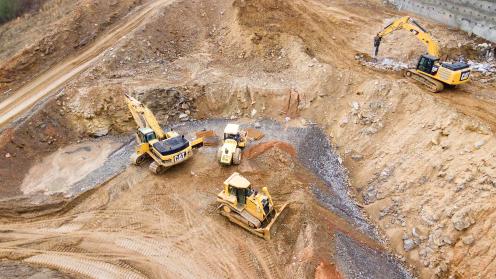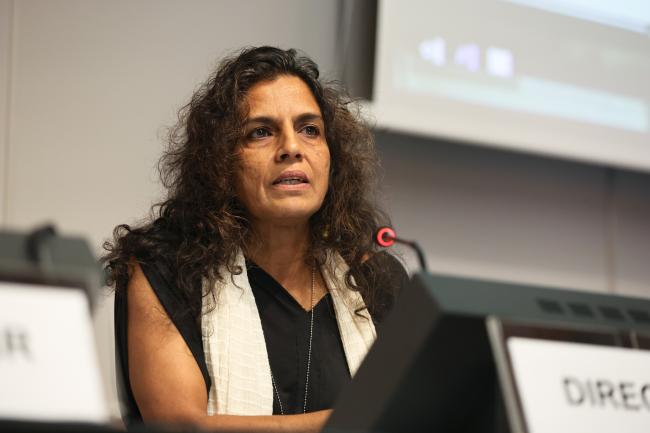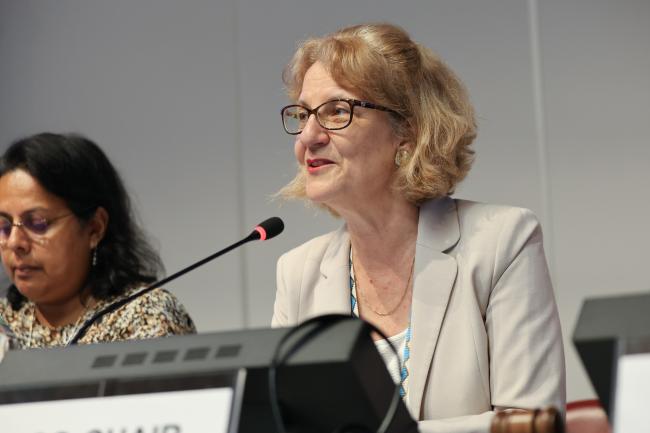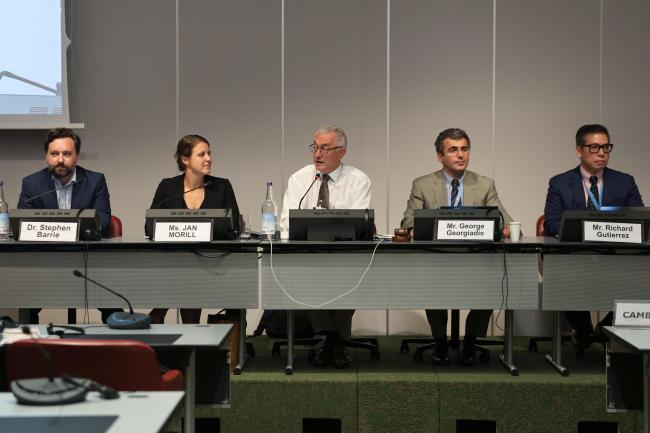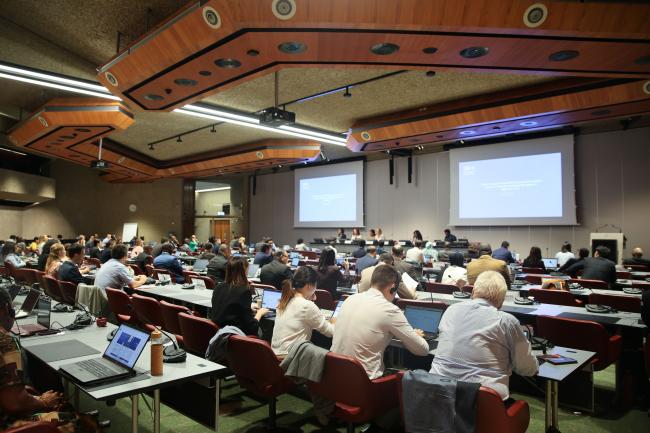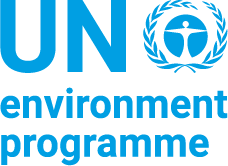Noting that the clean energy transition is projected to increase demand for minerals twentyfold by 2035, Sheila Aggarwal-Khan, UN Environment Programme (UNEP), stressed to the Global Intergovernmental Meeting on Minerals and Metals (GIMM) the need to consider and address the environmental impacts of increased mining. The first day of the GIMM focused on this call by hearing perspectives from a panel of experts and reviewing the outcomes of five regional consultations held during 2023. Delegates then convened in informal breakout discussions to crystalize proposals for global efforts that might be offered to the sixth UN Environment Assembly (UNEA 6) in February 2024.
UNEP explained that an initial set of 38 non-prescriptive proposals (NPPs) generated by the regional consultations had been consolidated into 24 proposals, which would be discussed in informal breakout groups during the GIMM. GIMM Co-Chair Martine Rohn-Brossard (Switzerland) told delegates that the results of the breakout discussions would be reflected in a Co-Chairs’ summary to be delivered to UNEA 6.
During a technical panel moderated by Bruno Oberle, President, World Resources Forum, Stephen Barrie, Church of England Pensions Board, discussed efforts by pension funds and other investors to get industry to adhere to global standards on transparency, accountability and tailings management. Jan Morill, Earthworks, emphasized that mining sustainability must address human rights issues, including meaningful community engagement. George Georgiadis, Secretary, UN Economic Commission for Europe Convention on the Transboundary Effects of Industrial Accidents, offered insights from the Convention’s work, including its tools, guidelines, and methodologies to strengthen mine tailings safety. Richard Gutierrez, Minamata Convention Secretariat, highlighted progress towards regulating artisanal and small-scale gold mining and on mercury mining wastes.
In an intervention from the floor, the International Council on Mining and Metals (ICMM) discussed industry efforts to consolidate diverse voluntary guidelines into a global standard that could be adopted by more than 700 of the largest mining sites.
In the afternoon, participants met in three informal breakout groups to discuss the NPPs, clustered into two areas: policies and instruments; and value chain aspects. These included proposals to, among other things:
- conduct a global assessment of existing instruments and standards;
- create international metal certification schemes;
- establish a global sand observatory;
- create a mechanism of voluntary environmental peer reviews on the management of minerals;
- promote a circular economy, sustainable design, and extended producer responsibility;
- develop technical guidelines and standards for tailings management;
- map or inventory abandoned mine sites; and
- develop guidelines for mine closure.
A lunch time side event focused on the governance of critical minerals. In the evening delegates attended a reception hosted by the Swiss Government.
All ENB photos are free to use with attribution. For the Global Intergovernmental Meeting on Minerals and Metals, please use: Photo by IISD/ENB | Anastasia Rodopoulou.
To receive free coverage of global environmental events delivered to your inbox, subscribe to the ENB Update newsletter.
